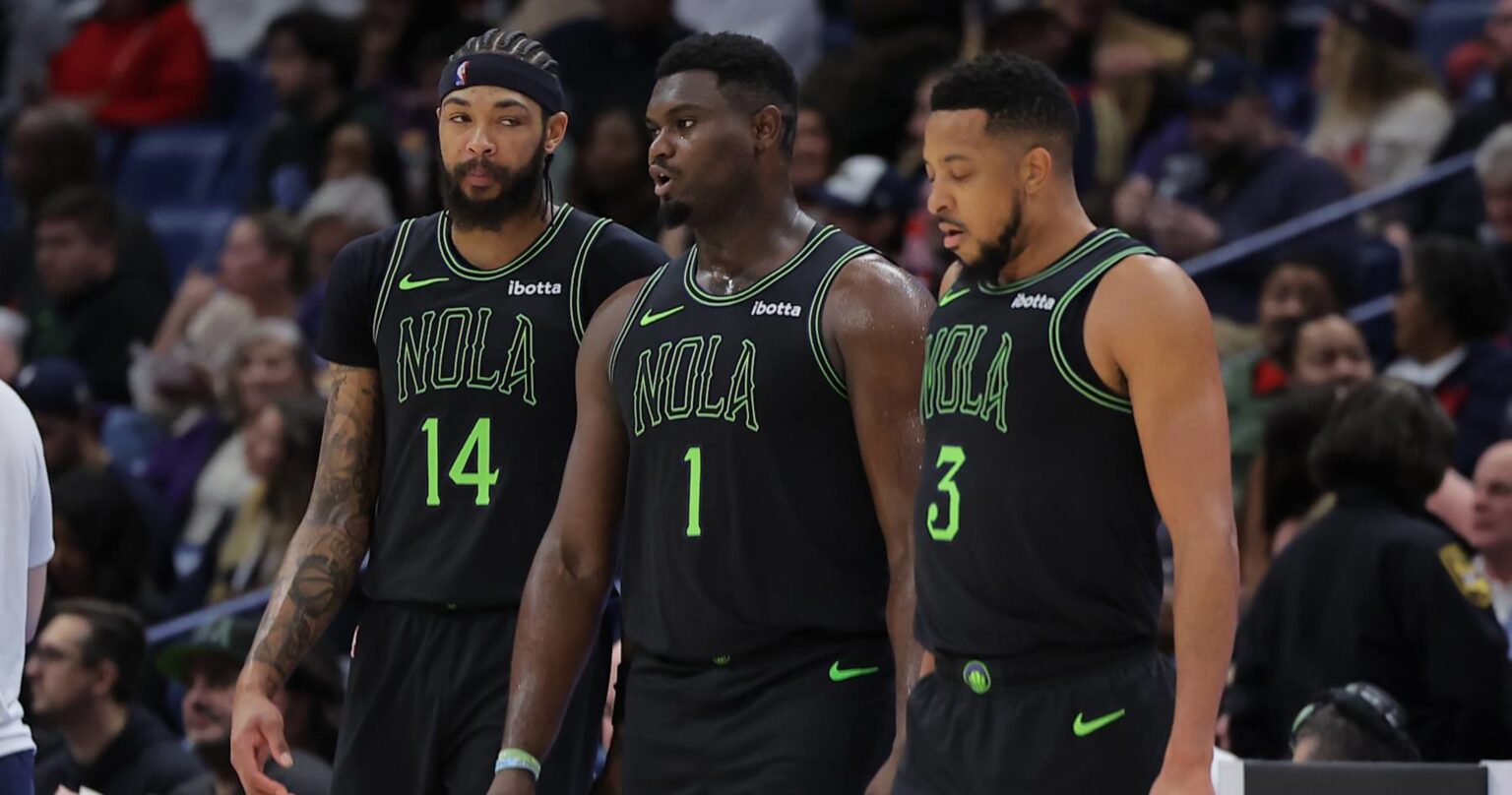
Jonathan Bachman/Getty Images
Discussions about the starting lineup are likely to cause many NBA fans to roll their eyes and consider themselves above the debate.
“It’s not the one who starts that counts,” they say, adjusting their monocle with one hand, shaking their bourbon glass with the other, their little finger pointing to the sky. “It’s the one who finishes that counts!”
Except that it’s also the one that starts.
The starting five is no longer the uncompromising given it once was. Rotations are more fluid than ever, subject not only to availability but also to matchups and stylistic preferences.
Yet starting lineups are usually a vital part of a team’s identity. They determine, if not definitively define, who will play the most and who will be on the field in crucial moments.
If a starting five is seen as more fluid or as a placeholder that allows for different shifting patterns, well, it still matters. At a minimum, these opening and tip combinations set the tone, determining whether you work from the back or the front. Therefore, changing them should not be taken lightly. Sometimes, however, it is worth trying, or even necessary.
This exercise is designed to identify teams that could benefit from a change in style in the jump. The five starters most used last year will serve as a base, unless injuries or acquisitions make that base obsolete.
The New York Knicks, for example, will have a new opening five after signing Mikal Bridges. His arrival will not be under our microscope. This space is reserved for cases where the changes are less certain and/or more debatable.

